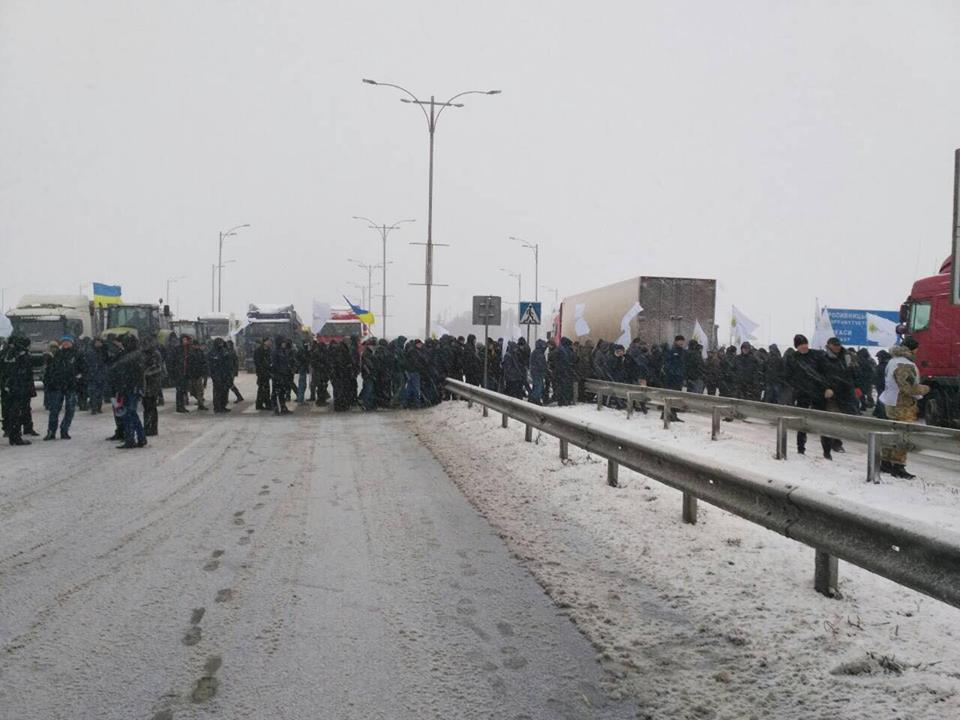VAT refunds on export are considered in Art. 171 of the Tax Code. How to compensate for VAT and what documents are needed for this, what to do in specific practical situations? These issues are addressed in this article.
Export VAT concept
VAT is a tax defined for products sold abroad. By purchasing a product in the Russian Federation, you have already paid tax. Next, you implement it for export. And with the export of 0% VAT, this could well be. In this case, a situation arises in which VAT is paid, but there is no payment in the budget. In other words, when exporting products, it is possible to overpay VAT on exports in Russia to the budget.
Formally, the tax office has a clause where a company can return funds to its own account back. This situation is called tax refund with a zero rate of export VAT.
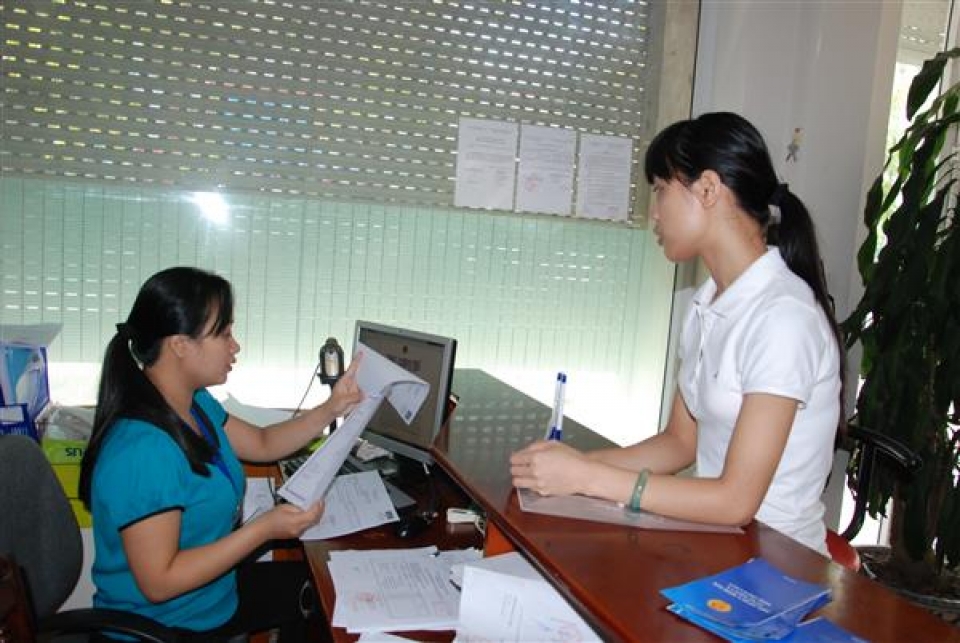
Why keep separate export VAT records?
Such accounting is provided for all companies that operate both on the domestic and foreign markets. This is due to the fact that the procedure for determining the tax on these operations is different. The general rule is as follows. There are four conditions for deducting VAT:
- acceptance of goods for accounting;
- payment of VAT;
- availability of an invoice from the supplier;
- goods are used for operations that are subject to VAT.
If the goods are used for export operations, one more condition can be added to the list: the need to present a tax return at a rate of 0% deductible to the IFTS authorities with a package of supporting documents.
When is a return possible?
Tax regulations of Russia provide an important benefit - a zero VAT rate, which allows profitable export operations.
Only export operations, which are directly proved by the fact of export and the real intersection of Russian products, can be tax-free. Only these products are eligible for tax at the rate of 0 VAT rate for export. It is understood that only this category of amounts is returned to taxpayers.
The fact of export from the Russian Federation is certified by the customs service, which places a mark on a copy of the declaration.
Zero VAT is valid if it is sold for the following products:
- products exported to the CIS (for example, exports to Kazakhstan and VAT on these operations will be zero);
- work and services specifically related to the organization of production and sales.
In other words, companies can use 0% VAT on any products that they export. Exceptions to this rule are outlined above.
Works that fall within the norm described above contain the process of servicing, transporting, loading, reloading products exported abroad. An indispensable requirement is the provision of services and the provision of work should be carried out by workers from the Russian Federation.
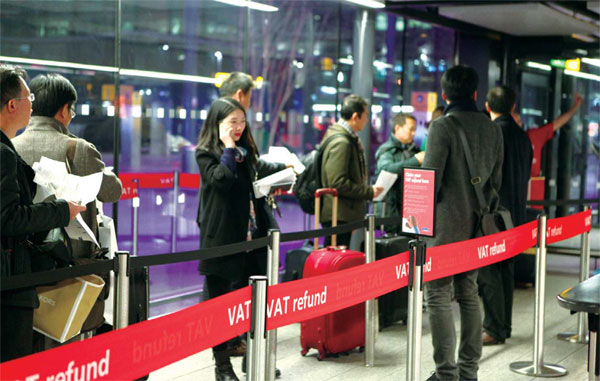
What documents are needed?
In order for VAT to be 0% during export operations, a package of documents is collected. When exporting, VAT is calculated and documents are submitted to the tax office.
It should be noted that some companies perform operations using the services of agents, lawyers or persons who charge a fee for participating in the transaction.
The table shows the necessary packages of documents for two options:
| In an independent transaction | When dealing through an agent |
| An agreement with signatures when indicating the fact of organizing the delivery of goods abroad | Commission agreement with agent |
| Bank statement from receipt to the account of a foreign bank | Contract indicating the fact of sending goods abroad |
| Cargo customs declaration with all marks | Bank statement on receipt of funds from a foreign bank in a current account |
| Escort transport documentation with marks of transportation outside the border | Cargo customs declaration with all marks |
| Escort transport documentation with notes on transportation abroad |
In other words, in order to be able to use the 0% value added tax, you must provide official evidence of the following facts:
- an agreement for the supply of products or services abroad;
- receipt of funds;
- the fact of exporting products abroad.
Regarding transport documents, for sea transportation it can be:
- Sea waybill.
- Bill of lading or other similar document.
- For air transportation, freight invoices are issued with the mandatory name of the loading airfield.
- For vehicles, you will need to provide an appropriate transport or shipping document.
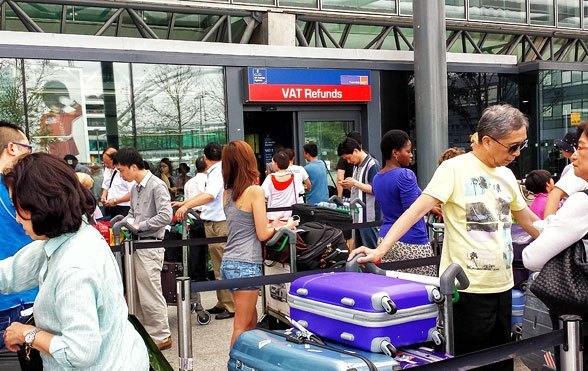
The list that is described above is general. There are many practical situations (different types of products, services, export methods, etc.). The requirements of tax legislation for them also differ. Note that the lists of documentation can be found in Art. 165 of the Tax Code of the Russian Federation.
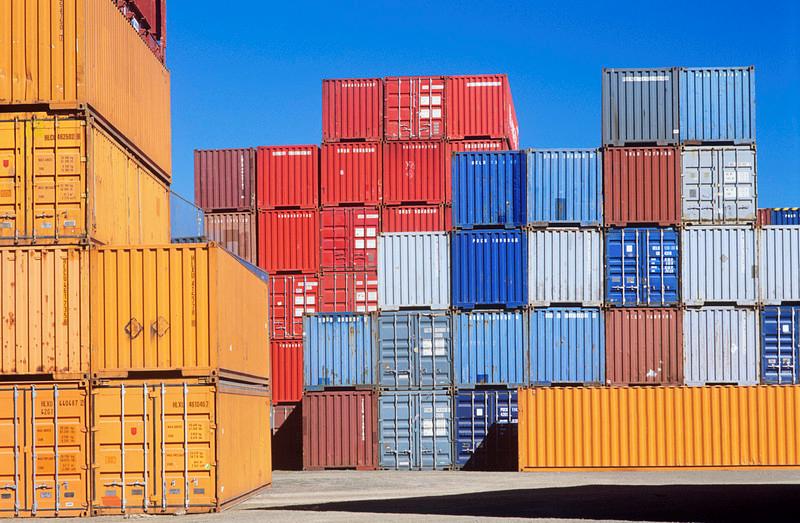
Compensation Procedure
The VAT refund procedure includes the following main types of work:
- The taxpayer submits to the tax office a declaration or application for a refund of VAT upon export. In a situation where the amount indicated in the document exceeds the agreed limit, the tax authorities only reimburse the excess.
- After the tax service accepts the application, it conducts a written audit of the company. Based on the legislative framework, a desk audit should be carried out within 3 months after the submission of the VAT export declaration. As part of the audit, it is established whether the stated requirements of this information comply. After the audit is completed, the tax authorities will issue an official document - VAT is fully compensated, partially, or will be denied payment.
- A refund occurs by transferring the required amount to the account of the organization indicated in the documents. Or the funds can be transferred to the account for tax payments and fees.
Products (services, works) sold for export to foreign companies are subject to 0% VAT, therefore they are exempt from tax.
The factor for the return of export VAT is the proof that the purchased materials (services) were used in the production of products, or the purchased goods were sold to foreign companies.
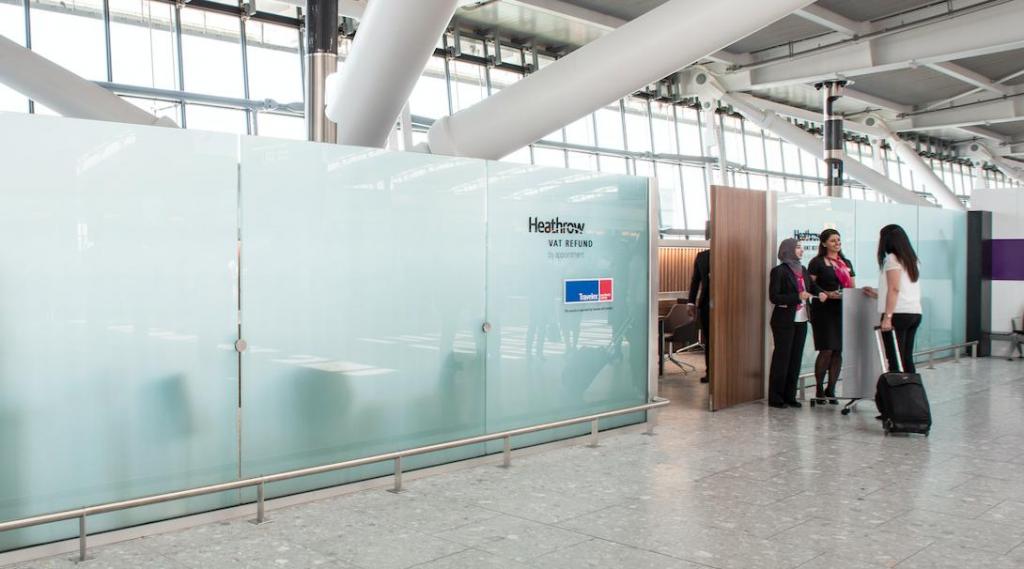
An organization can compensate for the amount of VAT paid in two ways:
- receipt of VAT in the account in the absence of debt to the budget;
- registration of the reimbursement of the amount of VAT paid for future payments to the budget.
The exporting organization may receive an export VAT refund. But provided that the supplier of products for export sales paid his VAT to the budget. Otherwise, the organization does not have the right to set export VAT.
To compensate for the amount of VAT paid after the sale of products for export, you still need to know one thing. For the company, it is necessary to confirm VAT upon export upon the fact of sale according to the relevant documents.
If the decision is positive, VAT is refunded within 2 weeks from the date of the decision.
It must be emphasized that the procedure for filing tax deductions for export sales of products is as follows:
- the deduction of the presented amount of VAT is made when determining the basis for taxation (clause 3 of article 172 of the Tax Code)
- the deduction of the amount calculated for 181 calendar days, in the absence of confirmation of 0 VAT for export, is made on the day corresponding to the moment of the next VAT calculation at the rate of 0%.
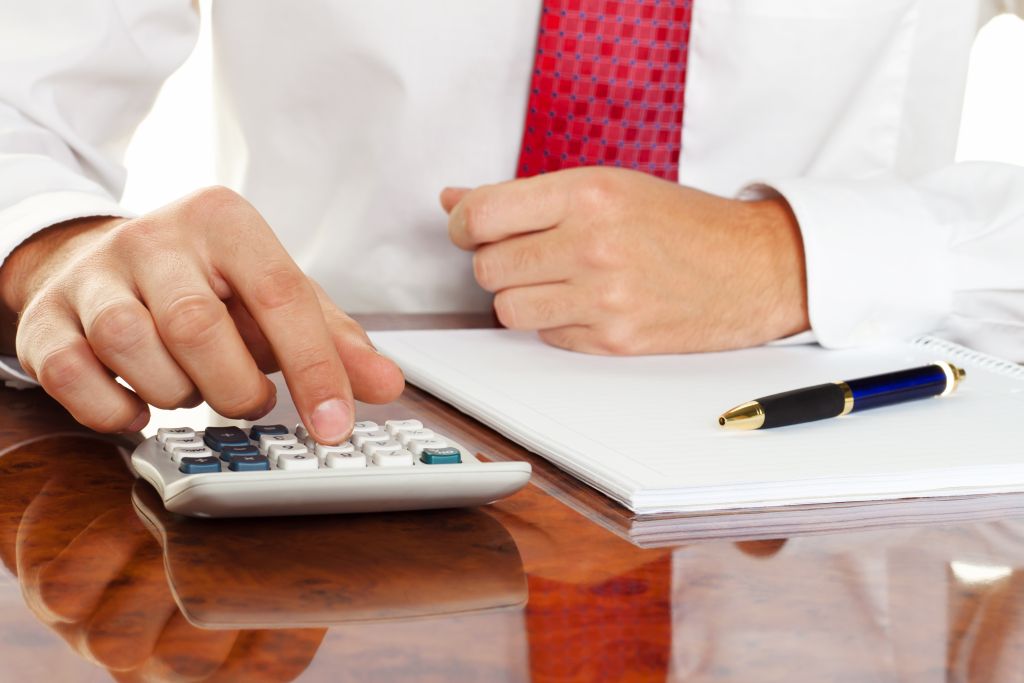
How to make calculations using formulas?
The calculation method consists of the steps:
- On the last day of the quarter, it is necessary to calculate the share of revenue for goods that are subject to VAT:
Dregion = Bregion / V * 100%,
where dregion - a share in the amount of revenue for goods that are subject to VAT (excluding VAT) per quarter,%;
ATregion - the amount of revenue for goods that are subject to VAT (excluding VAT) per quarter, t .;
B - total revenue per quarter, i.e.
- Determining the amount of VAT required to apply to the deduction:
VATP = VATtotal * Dregion,
where is the VATP - the value of input VAT, which is taken to deduction per quarter, t .;
VATtotal - total amount of input VAT, t.
- Calculation of VAT at a rate of 0%:
VATnep = VATtotal - VATp
where is the VATnep - the amount of input VAT, which is accepted for deduction for the quarter, i.e.
The timing
After submitting to the tax inspectorate all the documents necessary for the VAT refund, as well as performing a desk audit, within 90 days you need to return the VAT for exported products or refuse to implement this procedure.
To expedite the export tax refund, the taxpayer can immediately provide deductions related to work upon confirmation of the 0 VAT rate for export.
Then, tax inspectors within one inspection will be able to verify whether this certificate is well-reasoned, and tax calculations are legitimate.
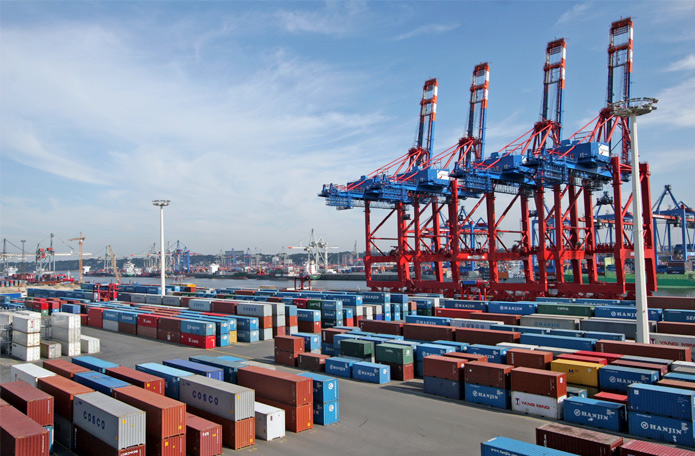
Conditions and scheme
The scheme for obtaining compensation for export operations is quite ordinary. Based on the legal framework, when exporting products, they do not charge or pay VAT. And the exporter can receive a refund for the amount paid as a result of the purchase of products, raw materials or components.
How to confirm export VAT if products were exported from Russia by a foreign buyer
In this case, one should be guided by the same list of documents established by Art. 165 of the Tax Code of the Russian Federation. If the products are supplied by the customers themselves, the Russian exporter must request copies of the necessary documents from his foreign partner. And only then perform the function of proof of export and VAT refund in general.
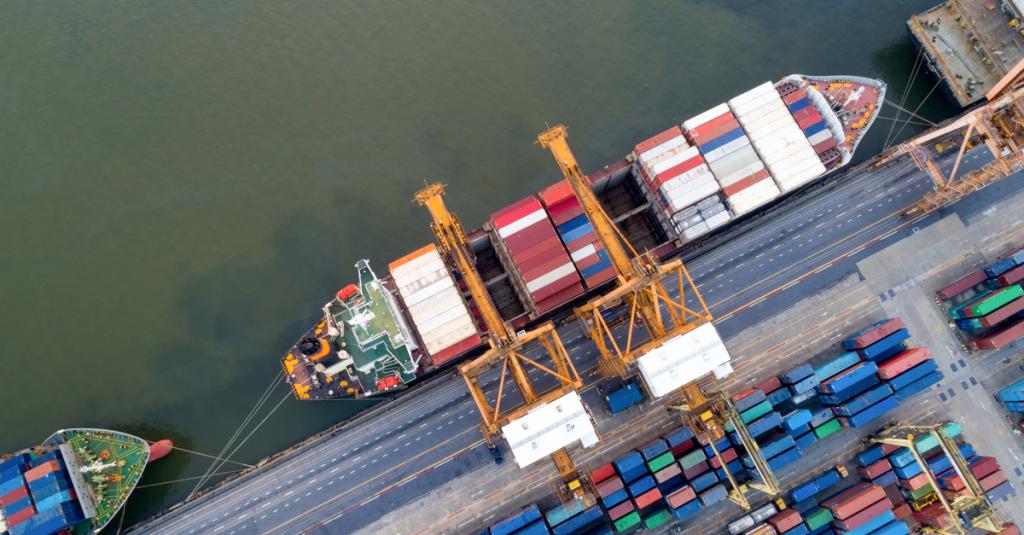
Lack of customs stamps and export confirmation
As we noted before, the presence of customs stamps in the accompanying documents is a prerequisite for proving zero VAT on export.
But the situation with the export of products to third countries through the territory of the EAEU member states, with which customs clearance has been canceled, is an exception. In this case, the documents arrive at the Federal Tax Service Inspectorate with a note from the customs authorities: “Export is allowed.” And without the mark “Goods exported”.
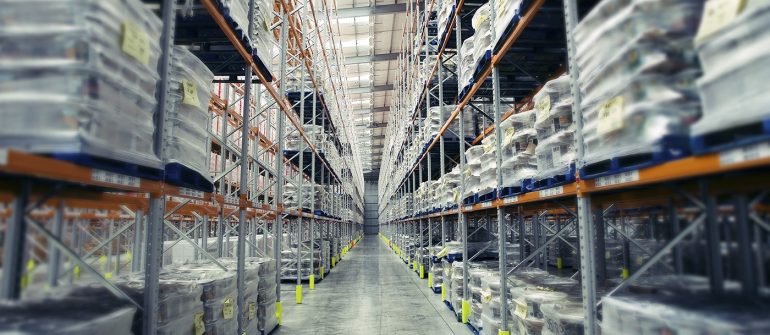
Deadline for proving a zero rate
It is necessary to confirm the zero export rate no later than 180 calendar days from the date of application of the customs stamp on the documents. If this deadline is not met, then the company will not only have to pay VAT at uniform tariffs, but also submit a declaration of “explanation”. And also pay fines for late payment of tax. The same applies to the situation if, for some reason, there are no customs stamps on the documents.
Regarding the deduction of input VAT, even if the deadlines are met, and the package of documents complies with the requirements of the law, this does not guarantee that a zero rate of VAT on exports will be proved. And the tax authority will decide on VAT refunds. To date, we are talking only about the fact of proof of export. The final goal is still far: the tax authorities need to verify the originality of documents, the correctness of their completion and compliance with the law. It must be verified that the exporter is not indebted to the budget.
Submit a declaration and reimburse VAT
To confirm the zero VAT rate when exporting goods, the exporter sends a tax refund to the tax authority. Together with this statement, all documents are submitted that confirm the reality of the application of such a rate.
The declaration in this case is drawn up for the period in which all the necessary documents are collected.
Starting July 1, 2016, the deduction of VAT for the export of non-primary products does not depend on evidence of a zero rate and is reflected in the declaration in a general form after the acceptance of these products for accounting and receipt of an invoice.
Exporters of products (works, services that are taxed at a rate of 0%) declare a deduction in the declaration drawn up for the quarter in which the documents for proof of export are collected (if the documents that confirm the zero rate are collected within 180 days from the date of placement of the products under customs export regime).
After passing the sample declaration, which reflects the amount of tax to be refunded, it is necessary for the company to wait for the results of a desk audit on VAT refund. Inspectors are given 3 months on the spot, after which a decision is made on the refund or refusal of export VAT.
If the company submits a correction or a revised statement, the verification will begin again. In the case of a positive decision to verify the amount received in the current account.
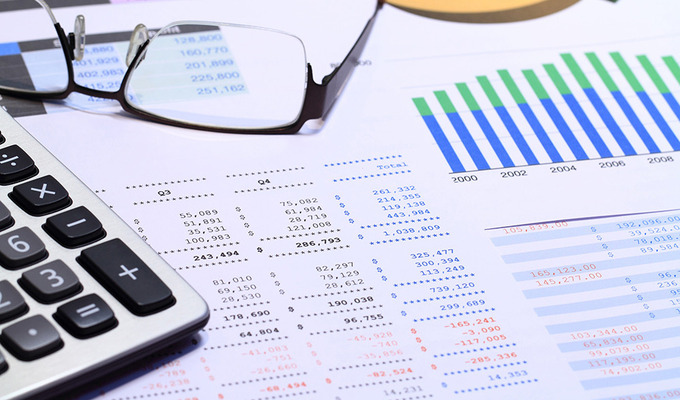
Shipment of goods by a Russian supplier from abroad
Imagine a situation where a Russian manufacturer sells its products to a foreign partner. At the same time, the manufacturer is located in the territory of a third country, from where the shipment is made, bypassing the territory of the Russian Federation. Is it an export or not? What about VAT when exporting goods?
The law says the following. The occurrence of a VAT taxable item can only be agreed upon when selling in Russia. The Russian Federation is recognized as the place of sale only if the products were on its territory during shipment or transportation. In this case, the Russian Federation is not a place of sale and, as a consequence of this, there can be no discussion about VAT and its refund.
Export Value Added Tax Refund Terms
The main conditions include:
- Conclusion of a contract with a foreign buyer, in which the payment procedure is indicated: advance payment or real payment upon shipment of products.
- Registration of the transaction passport in the bank.
- Receiving a prepayment to the current account. Within two weeks you need to draw up a statement of monetary transactions, which indicates the purpose of obtaining funds.
- The formation of shipment, the VAT rate for export is 0%.
- Submission of a monthly report to the statistical department of the Customs Department. The report must indicate the TNVED code for the products sold.
- Drawing up an application for proof of VAT at a rate of 0%.
- Filling out a VAT refund declaration.
- Data is entered in PIC-VAT. They are generated in electronic form and sent to the IFTS.
- Obtaining from IFTS the requirement to submit documentation for desk audit.
Example
Consider a specific example for two options: domestic sales and export.
Option 1: domestic sales. The company "..." LLC bought the products in the amount of 100 tons. VAT (18%) is 18 tons Imagine that the goods are sold in Russia for 120 tons. VAT will be 18.305 tons (120 * 18/118).
Profit is: 120-100 = 20 t. From the amount of profit you must pay VAT: 20-18 = 2 tr Net profit in this case is 2 t
Option 2: Implementation abroad. The conditions are the same, but the goods are sold for export. VAT has a rate of 0%. Net profit of 20 tons Since the company has already paid tax in the amount of 18 tr, the state is obliged to return this amount to the account of LLC “...”. Results of the transaction: 20 + 18 = 38 tr
Conclusion
To implement a tax rate of 0%, you need to document the facts:
- the presence of relationships under a contract for the export of products or services (works);
- receiving funds into the account;
- export of products beyond the territory of the Russian Federation.
One general requirement of the VAT withholding legislation must be met - payment from Russian suppliers of products that are then exported abroad.
In practice, taxpayers and regulatory authorities view these conditions differently. The proof of export is created on the basis of a package of documents.If the package of documents in the customs declaration or in the shipping documents does not contain all the mandatory stamps, the tax will refuse to confirm the zero amount of VAT.
VAT is returned after checking the tax return on the basis of the taxpayer’s appeal in the absence of his debt.
